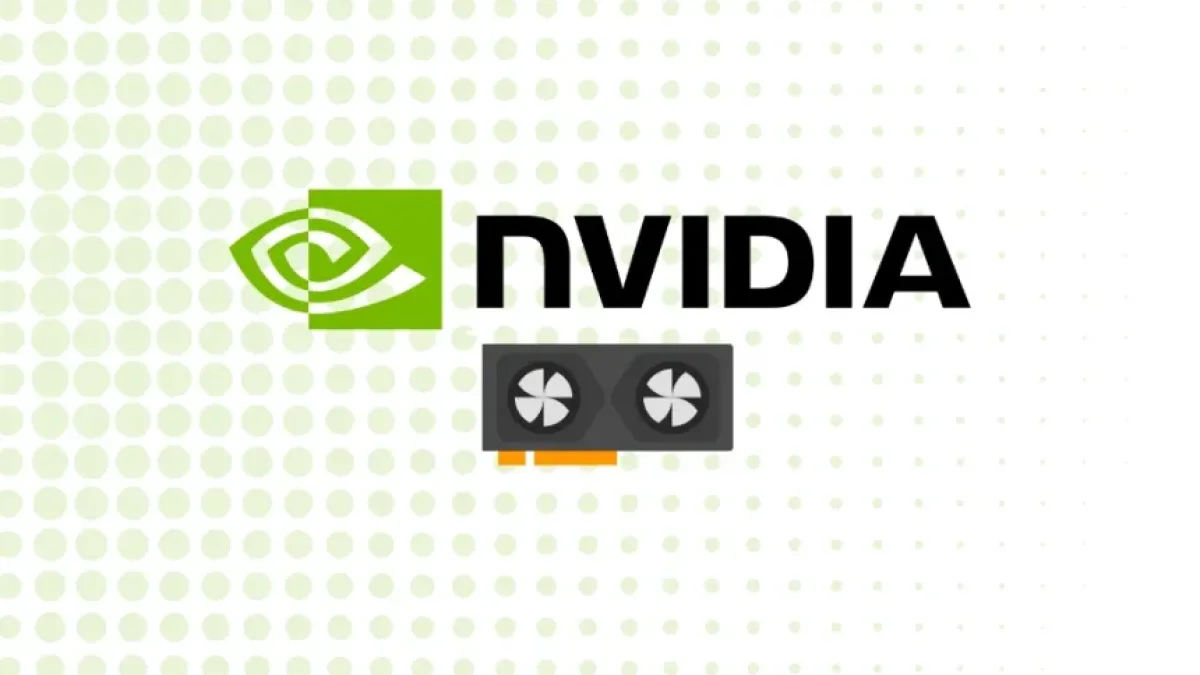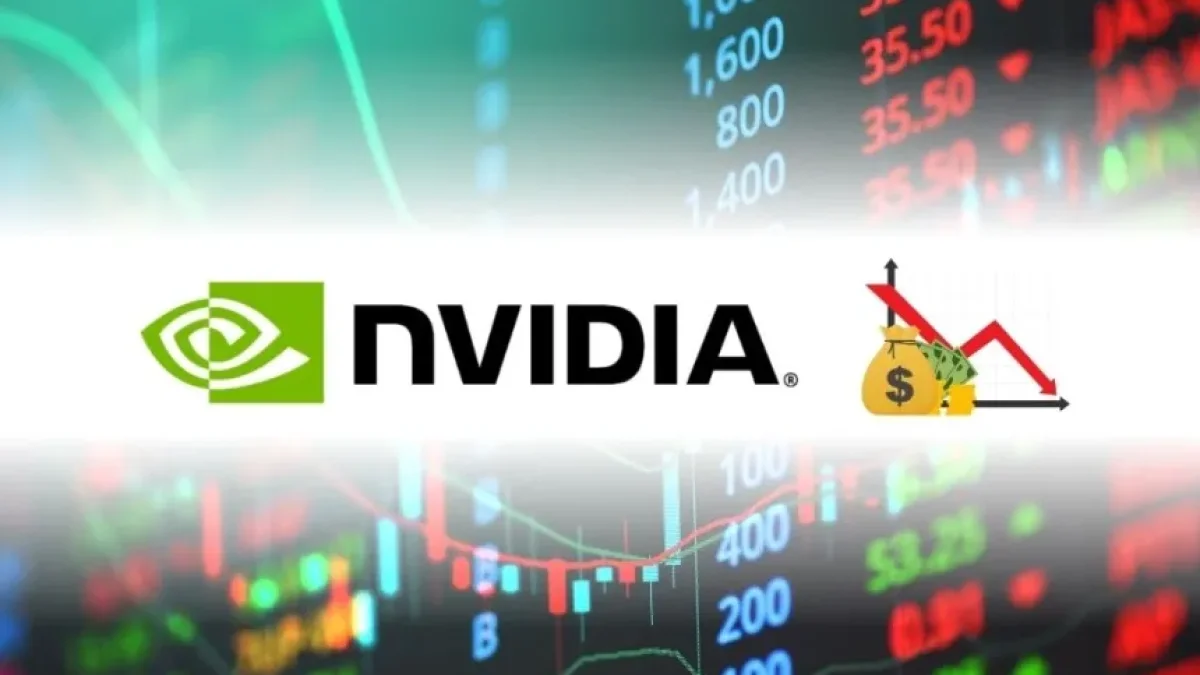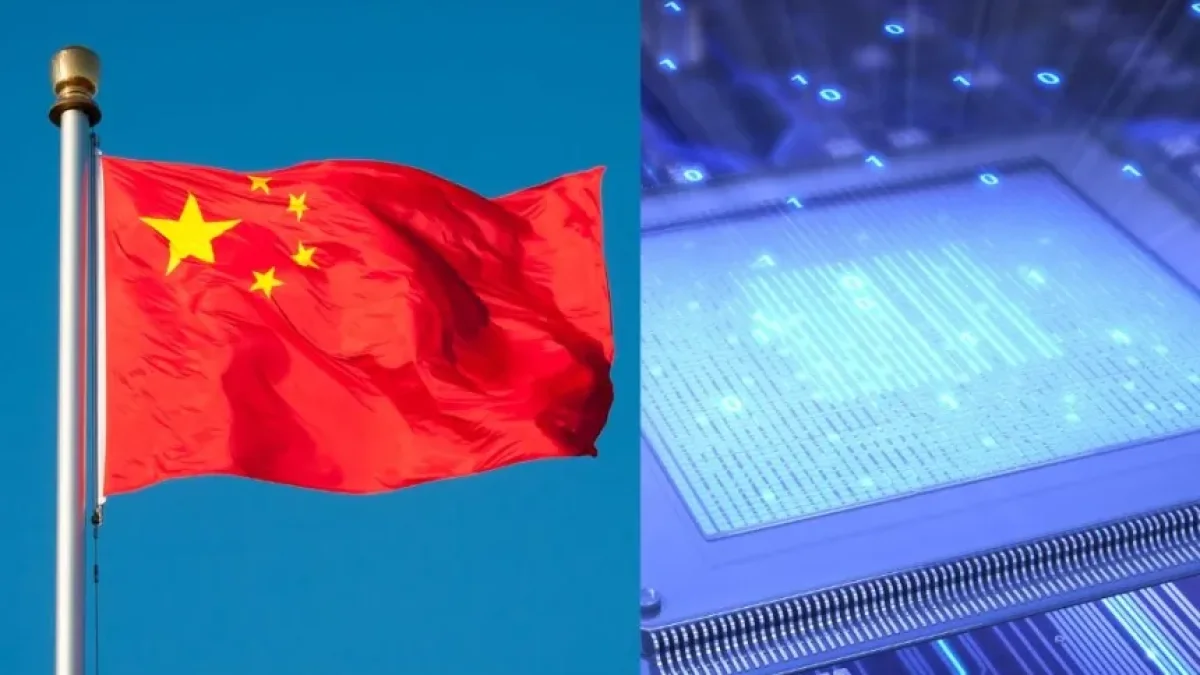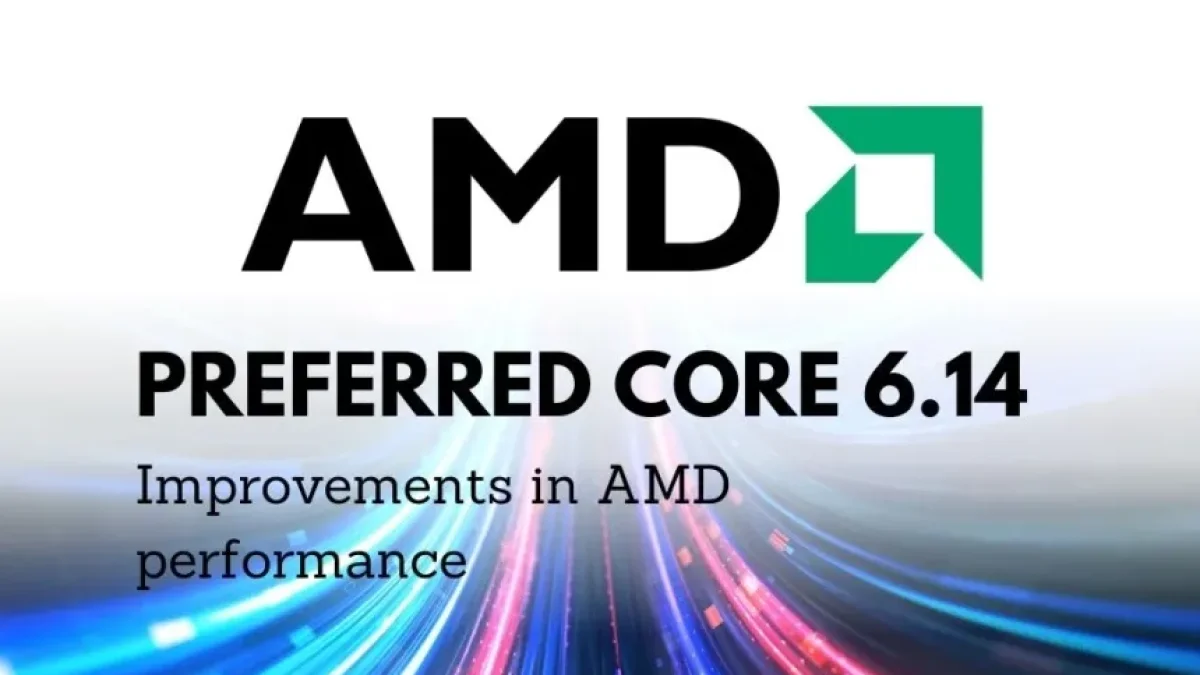Revolution in lithography: Future chips within everyone's reach.

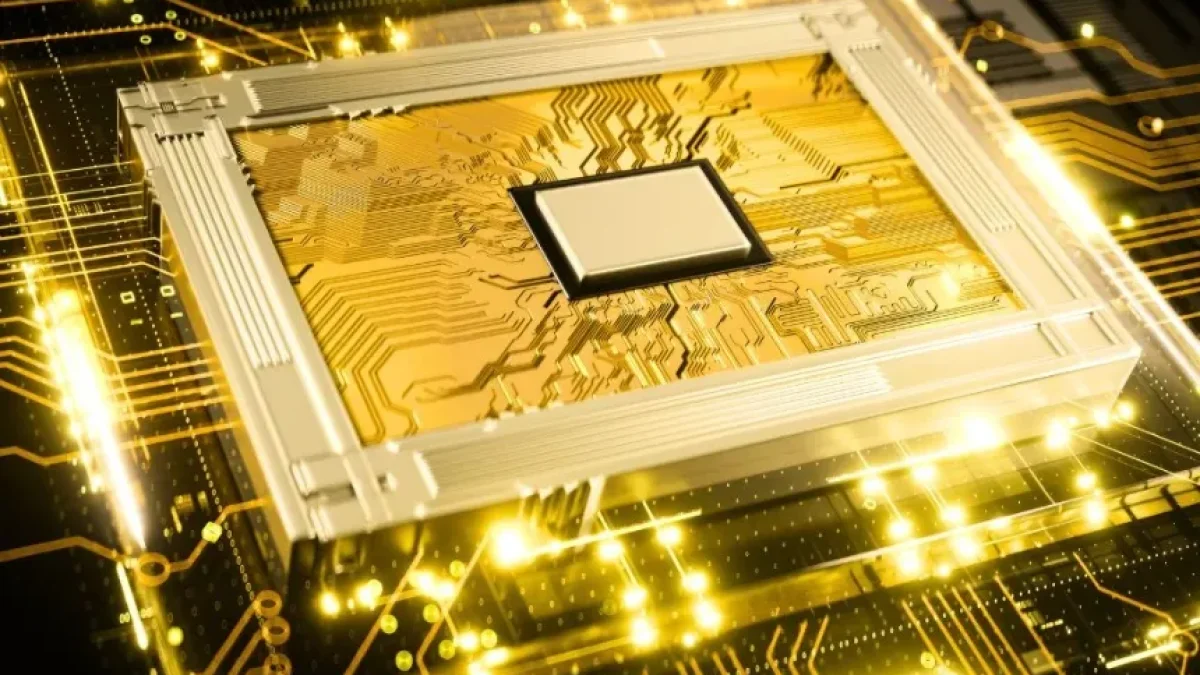
Lithography is a fundamental process in the manufacturing of integrated circuits, and as technology advances, the demand for more powerful and efficient chips continues to grow. Recent research is shaping the future of lithography, promising significant transformations that could put previously unattainable chips in our hands. Below, we explore what the next generation of lithography equipment will look like and what this means for technological development.
Advances in Lithography Technology
Lithography is an essential technique for the production of integrated circuits, which are the backbone of almost all electronic devices we use today. The evolution of this discipline has been characterized by the search for methods that allow the creation of smaller and more powerful components. In this context, recent research aims to make chips with features that were once unimaginable possible.
New Lithography Techniques
One of the most promising approaches is the development of advanced lithography technologies, such as extreme ultraviolet (EUV) lithography. This technique uses extremely short wavelengths of light to enable the fabrication of transistors at the nanoscale. As advancements in EUV become more established, chip production is expected to become more efficient, reducing both costs and the time required for manufacturing.
In addition to EUV, alternatives such as electron beam lithography and imprint lithography are being researched. These methods offer the potential to create complex designs on chips, allowing semiconductor manufacturers to meet the growing demands of the market.
Implications for the Chip Industry
The arrival of this new generation of lithography equipment will not only revolutionize the way chips are manufactured but could also democratize access to cutting-edge technology. With more accessible tools, smaller companies or new startups could compete on an equal footing with industry giants.
More Powerful and Efficient Chips
One of the most notable benefits is that chips produced using these new techniques will be more powerful and energy-efficient. This means that electronic devices, from smartphones to high-performance computing equipment, will experience significant improvements in their performance.
On the other hand, the reduction in the size of transistors will allow for more functions to be incorporated in the same spaces, which in turn can lower production costs and, consequently, make advanced technology more accessible to the average consumer.
Read also
Challenges and Future of Lithography
Despite promising advancements, the large-scale implementation of these new lithography technologies is not without challenges. The initial investment required to develop and create new facilities can be substantial, and companies will need to adapt to incorporate these techniques into their production lines.
However, as lithography technologies evolve, the future points to a landscape where advanced chips will be within reach of a greater number of users and companies. The possibilities for innovation in the tech sector are vast and exciting.
Conclusion
The next generation of lithography equipment is on track to dramatically change the semiconductor market. With advanced techniques and improvements in production, we will soon have access to more affordable, powerful, and efficient chips.
I invite you to continue exploring the latest news on technology and computing advancements here on my blog, where you will always find interesting and relevant information to keep you updated in the digital world. Don't miss out!

